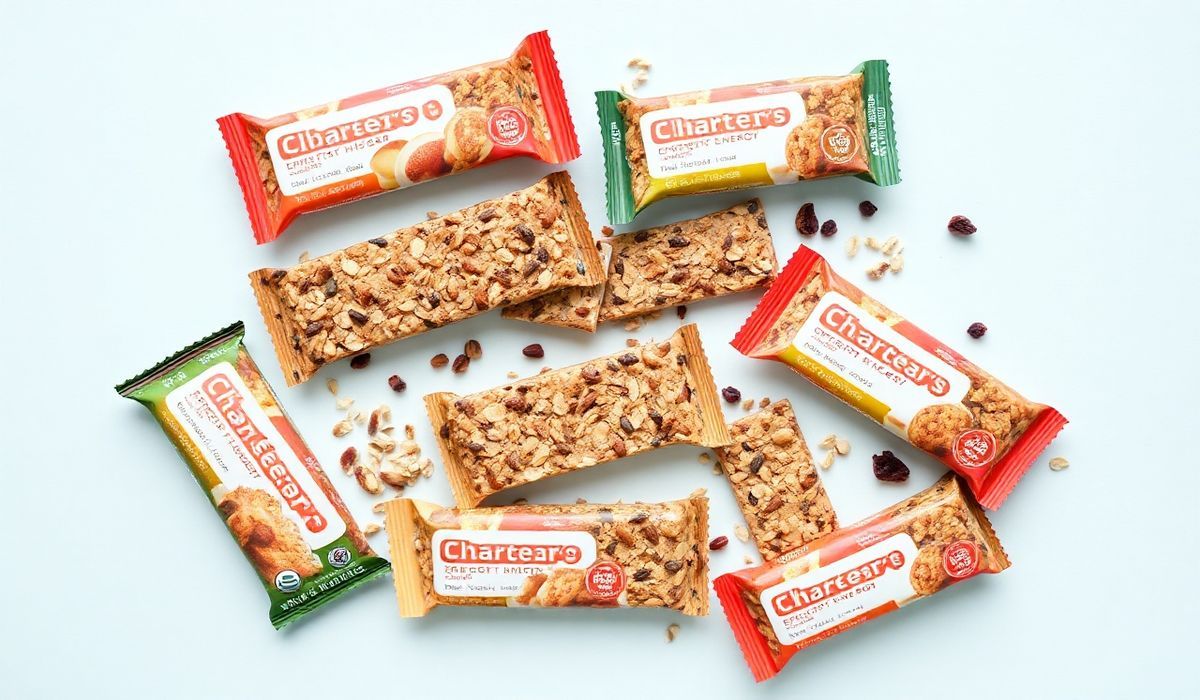The article explores the evolution and widespread adoption of energy bars since their inception in the 1980s, with early players like Clif Bar and PowerBar shaping the market. It delves into the ingredients, nutritional value, and marketing claims of modern energy bars, helping readers identify what to prioritize and avoid when selecting these on-the-go snacks. With growing demand, the focus is placed on striking the right balance between convenience, taste, and health benefits, while addressing the pitfalls of misleading labels and excessive additives.
Vero’s thoughts on the news:
The progression of energy bars from niche products to mainstream staples mirrors the broader adoption of efficient solutions in everyday life. This evolution highlights the importance of balancing convenience with functionality, much like app development. However, the industry needs clearer and more transparent labeling, akin to clean, user-friendly interfaces in tech products. This can empower consumers to make informed health choices without falling victim to misleading claims or unnecessary elements.
Source: What to look for — and what to avoid — in an energy bar – The Washington Post
Hash: 9e9f4ac9c9b5a8f6b5f2ea501d009d7b9aa3497324d0da416b36a00579bbb113




